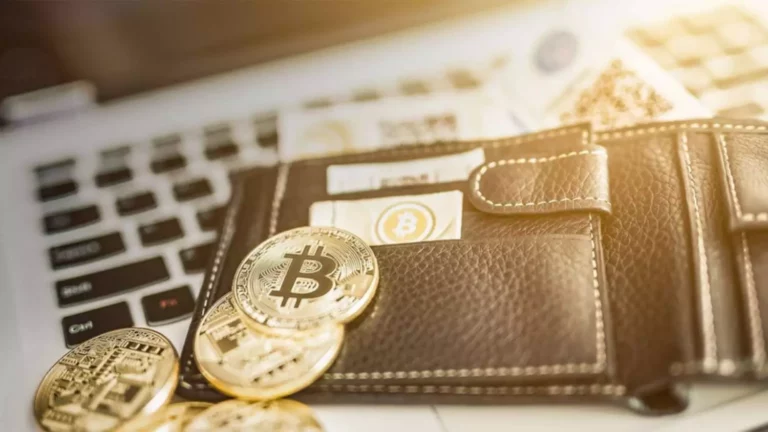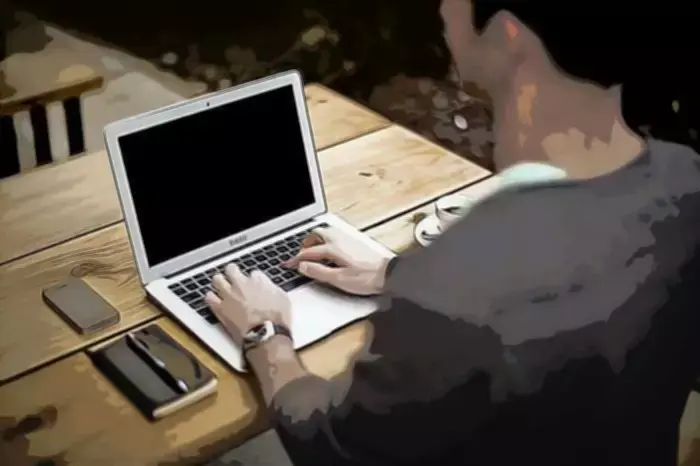For example, projects may require users to burn tokens to access certain features or participate in voting processes. In certain cases, burning crypto coins may also be utilized as a means to comply with regulatory requirements. Holding ASH permits burn.art users to buy and sell digital assets on the platform.

Algorithmic burns are often programmed into the token’s code and executed without human intervention. They provide transparency and predictability in reducing token supply over time. One of the primary effects of burning crypto is that it creates scarcity.
What Is Proof of Burn?
It’d be best to check the application or platform you’re using to see if it offers crypto burning to users. There are various resources available that can help you track how much of a specific coin is being https://www.xcritical.com/ burned. Some crypto providers will publicly list how much of their native token is being burned on their website. One website, Watch the Burn, allows people to see the burning activity for Ethereum.
A well-executed token burn can whip up a frenzy of excitement, catching the eye of investors and amplifying trading volume. Companies burn cryptocurrency for various reasons, from managing token supply to signaling commitment and more. It’s a strategic decision that can influence the project’s trajectory and its token’s value. Tokens are burned by sending them to an inaccessible or “burn” address. Once sent to this address, they are permanently removed from circulation and cannot be retrieved. While it can lead to value appreciation and increased trust in a project, it can also raise concerns about the long-term supply and potential market manipulation.
Why Would Anyone Destroy Tokens?
Other examples of coins that employ a periodic burn schedule include Tron (TRX) and Hacken (HKN). Coin burning is an effective tool to signal a firm commitment by a cryptocurrency project. The goal of any project is to add significant value to coin holders, who will probably be the core users and supporters of their service. Burning alone doesn’t guarantee a cryptocurrency’s price will increase, but it does lower the number of coins in the open market.
Periodically, Binance commits to burning a portion of its native BNB tokens. This act is not just a mechanism to regulate the token’s supply but also a testament to Binance’s commitment to its platform and its token holders. Every burn event is accompanied by an official announcement, detailing the number of tokens burned and the reasons behind the decision. Such transparent actions bolster trust among its vast user base, reinforcing the belief that the platform is invested in the long-term value and utility of BNB. Typically, they come paired with a private key, providing means to open the vault. In the case of burning crypto, however, coins are sent to a “burner” or “eater” address with no known private key.
The Mechanics of Token Burns
One important aspect of cryptocurrency that investors should understand is the concept of token burn or Crypto Burn. In most cases, individual investors cannot directly participate in token burns. However, you can indirectly benefit from token burning if you hold the cryptocurrency that implements this mechanism, as it may contribute to the appreciation of its value. what does burning crypto mean Token burning can potentially increase the price of a cryptocurrency by reducing its supply while maintaining or increasing demand. With fewer tokens available in circulation, scarcity is created, driving up their perceived value. Coin burning is just the process of locking them in an inaccessible wallet so that they are taken out of circulation on the blockchain.

By burning coins, specifically bitcoin, in this article, we explore the potential use of reducing supply and increasing demand to drive up the value of remaining tokens. So, if you’re ready for some fiery financial maneuvers and want to explore why people are willingly saying goodbye to their digital assets, join us on this exciting adventure! In this article, we will delve into the world of coin burning and discover why individuals are choosing to burn their coins.
Reducing Token Supply or Increasing Scarcity
Burning crypto coins can also be seen as a way to control inflation within a cryptocurrency ecosystem. When there is an excessive supply of coins and tokens circulating in the market, it can lead to devaluation and loss of purchasing power. By burning coins, projects can effectively remove them from circulation, thereby reducing the overall supply and potentially maintaining or increasing their value. Requiring a cost to send transactions is a vital aspect for any blockchain to prevent spam transactions and DDOS attacks from compromising the network. Projects such as Ripple (XRP) and Request Network (REQ) have hardwired a burning mechanism for every transaction on the network.

Although POB doesn’t destroy coins permanently, it effectively removes them from circulation, creating scarcity and combating inflation. The impact of coin burns on price is generally long-term, as burns have limited short-term influence. Token burns promote healthy tokenomics practices, contributing to a more robust and well-regulated cryptocurrency market.
More Effective Consensus Mechanism
The two most popular consensus algorithms are proof of work and proof of stake; proof of burn is a newer alternative. They receive one for every Solana token, known as SOL, staked, or locked up, through Marinade’s platform. On Solana’s blockchain, these liquid staked tokens managed via Marinade show up as mSOL. So when a user is ready to reclaim their Solana tokens, the mSOL must be burned in order to maintain an accurate circulation number of mSOL to SOL in the protocol. The Terra project, for example, burned 88.7 million of its LUNA tokens in November 2021. The tokens represented around $4.5 billion in value at the time, which the company said made the event one of the largest layer 1 token burns ever.
- If demand remains constant or even grows, this heightened scarcity can lead to an increase in the token’s value.
- On the other hand, some coins just don’t need to be burned due to their supply limit.
- If you’re interested in token burning, you need to know about smart contracts.
- DeFi protocols often utilize native tokens to facilitate transactions and govern platform operations.
- One example of such networks is Ethereum, which uses EIP-1559 burning mechanism.
We’ll also delve into the world of burning crypto and explore some of the most significant burning events in recent history. By reducing the supply and creating scarcity, the demand for the remaining tokens can rise, leading to an increase in value. However, various factors, including market sentiment and overall demand, influence this outcome.
What Is a Coin Burn?
Another aspect worth considering is how burning crypto coins can enhance network security. Some cryptocurrencies use proof-of-stake (PoS) or delegated proof-of-stake (DPoS) consensus mechanisms where token holders burn their coins to secure the network. Burning coins reduces the overall supply of tokens available for staking, making it more difficult for malicious actors to gain control over a significant portion of the network’s voting power.
Manual Burns
Vitalik Buterin, co-founder of the Ethereum blockchain technology and cryptocurrency, has burned 410 trillion Shiba Inu tokens. The idea behind coin burning dates back to well before cryptocurrency. Burning tokens can also benefit those staking tokens to validate transactions in a proof-of-stake protocol.
How Much to Invest in Crypto Every Month ?
With fewer tokens in circulation, there is a limited supply available for buyers, which can drive up demand. As a result, investors may be willing to pay higher prices to acquire these scarce tokens, leading to an increase in their value. Token burns can enhance DeFi protocols by creating scarcity and increasing the value of native tokens. This can incentivize users to hold and use these tokens within the ecosystem, driving adoption and liquidity. Token burns can help regulate token distribution and prevent concentration of power by reducing the supply held by certain individuals or entities. While burning seems to have eventually paid off for Binance or Bitcoin Cash, it doesn’t always work that way.